Welcome to the wild world of reptiles! They are some of the most fascinating creatures on our planet, starring in epic films such as Jurassic Park and inhabiting some of the most hostile environments on Earth. But beyond the silver screen, the relationship between reptiles and humans is one that has evolved over millions of years.
Despite their notorious reputation for being cold-blooded killers, reptiles have long captivated human curiosity. From the ancient Egyptians’ veneration of the crocodile god Sobek to modern-day herpetology enthusiasts, these fascinating creatures have been a source of wonder and awe for centuries.
Indeed, our relationship with reptiles is a complex and contradictory one. On the one hand, we fear them, often associating them with danger and death. On the other hand, we admire and respect them, recognizing their impressive physical abilities and their vital role in maintaining the delicate balance of our ecosystems.
So join me as we delve deeper into the fascinating world of reptiles, exploring their impact on human culture and their crucial role in our planet’s ecosystem. Whether you’re a snake-phobic city dweller or a seasoned reptile enthusiast, there’s something for everyone in this captivating world of scales and tails!
Introduction to the relationship between reptiles and humans
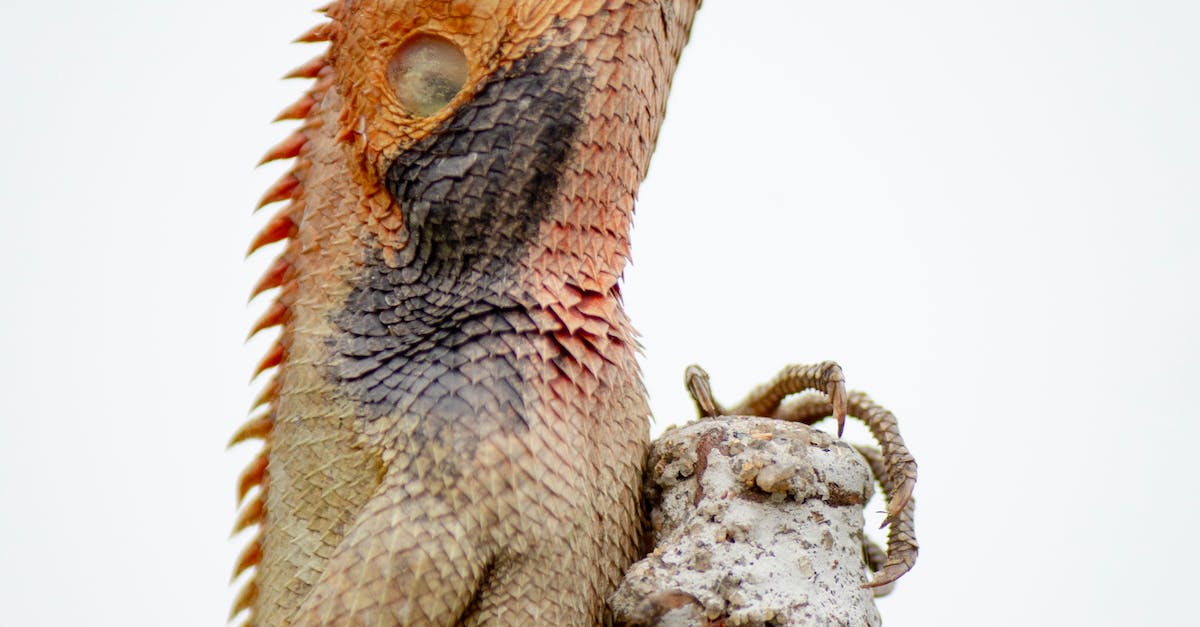
As we take a closer look at the relationship between reptiles and humans, it becomes apparent that it is a complex and intricate one. Humans have interacted with reptiles for thousands of years, from ancient cultures who revered them as deities, to modern times where we keep them as pets or encounter them in the wild. This relationship is both beneficial and harmful, as reptiles provide many benefits to humans but also pose a potential threat.
- Benefit: Pest control Reptiles, such as snakes, are natural predators to many pests that can be harmful to crops or homes, such as rodents and insects. In some cases, introducing certain species of reptiles can help control populations of these pests without the use of harmful chemicals.
- Threat: Dangerous species While many species of reptiles pose little threat to humans, there are some that are extremely dangerous, such as venomous snakes or large carnivorous lizards. It is important for humans to educate themselves on the potential dangers of encountering these species and take necessary precautions to avoid harm.
- Benefit: Scientific research Reptiles have unique biological characteristics that make them valuable subjects for scientific research, from studying the evolution of the species to developing new treatments for illnesses. Research on reptiles has led to many important discoveries in medicine and biology.
- Threat: Habitat loss As human populations continue to expand, natural habitats for reptiles are being destroyed at an alarming rate. This not only disrupts the balance of ecosystems but can also lead to the extinction of species. It is important for humans to recognize the impact of habitat loss on reptiles and take action to preserve their environments.
In conclusion, the relationship between reptiles and humans is complex, with benefits and threats. Humans need to educate themselves on the potential dangers of interacting with reptiles and take necessary precautions while also recognizing the valuable contributions that reptiles make to our world. By understanding and respecting these fascinating creatures, we can work towards a harmonious relationship between humans and reptiles.
Reptiles in medicine: Examples of how reptiles are used in medicine and research
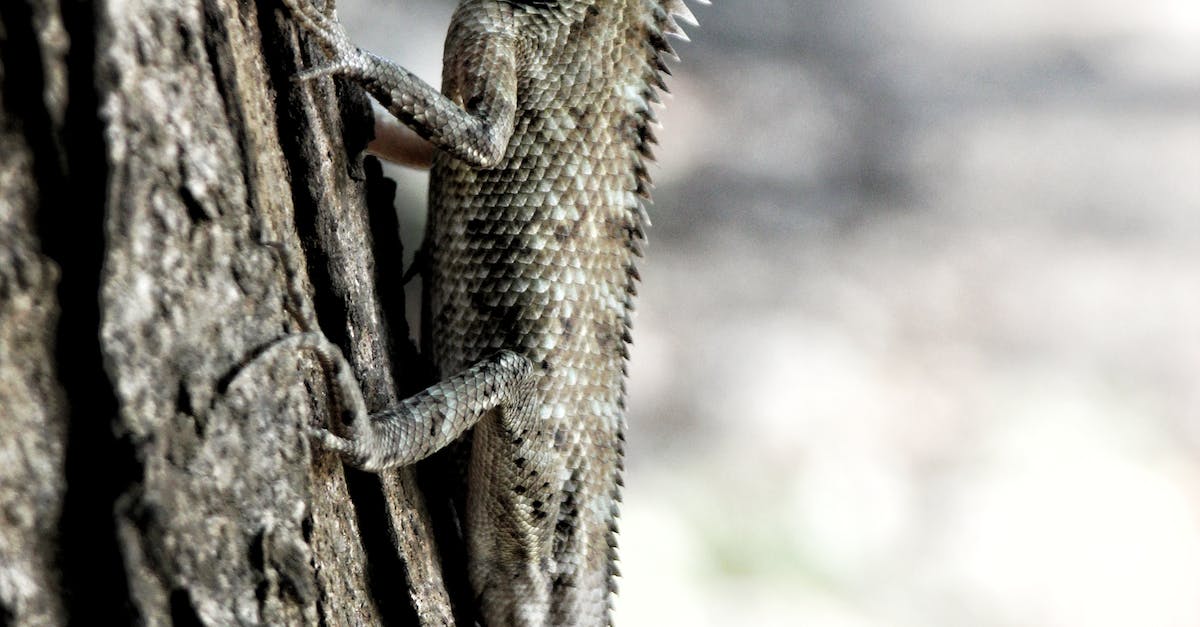
As fascinating creatures, reptiles have long captivated humans. However, their relationship with us goes beyond mere fascination. In fact, these cold-blooded animals have played a significant role in medicine and research.
The unique biological and chemical properties of reptiles have made them essential to the development of new medicines and medical treatments. Let’s explore some examples of how reptiles are used in medicine and research:
-

Beaded Dragon Fan Exclusive: ‘Original Hipster’ T-Shirt – Wear Your Unique Style with Pride – Unisex t-shirt
£13.00 – £20.50 Select options This product has multiple variants. The options may be chosen on the product page -

Chinese Water Dragon Aquatic Mastery Tee: Dive into Elegance with Our Exclusive Reptile Enthusiast Shirt – Unisex t-shirt
£13.00 – £20.50 Select options This product has multiple variants. The options may be chosen on the product page
- Venom: Contrary to popular belief, venom has been found to have some medicinal properties. Researchers have started investigating the potential of snake venom in treating conditions such as blood clots, heart attacks, and cancer.
- Antibacterial peptides: Reptiles, like all living organisms, have developed their own defense mechanisms against bacteria. Scientists have discovered that these peptides (short amino acid chains) have potential as new antibiotics. For instance, Komodo dragon blood contains antimicrobial peptides that could be used in the development of new drugs.
- Diabetes: Research has shown that gila monster venom contains a hormone-like substance that can regulate blood sugar levels in people with type 2 diabetes.
- Drug metabolism: Reptiles have also been used in the study of drug metabolism. For instance, researchers have investigated the role of enzymes in the liver of some snakes and lizards. This has helped to understand the metabolic processes in reptiles, which is important in the development of new drugs.
Reptiles have made significant contributions to medicine and research. From venom to antibacterial peptides and diabetes treatment, these cold-blooded creatures have offered numerous benefits. As humans continue to learn more about the physiology and biology of reptiles, we can only hope to uncover more secrets and extract even more benefits from these unique animals.
Reptiles in agriculture: The benefits and drawbacks of using reptiles for pest control and other agricultural purposes
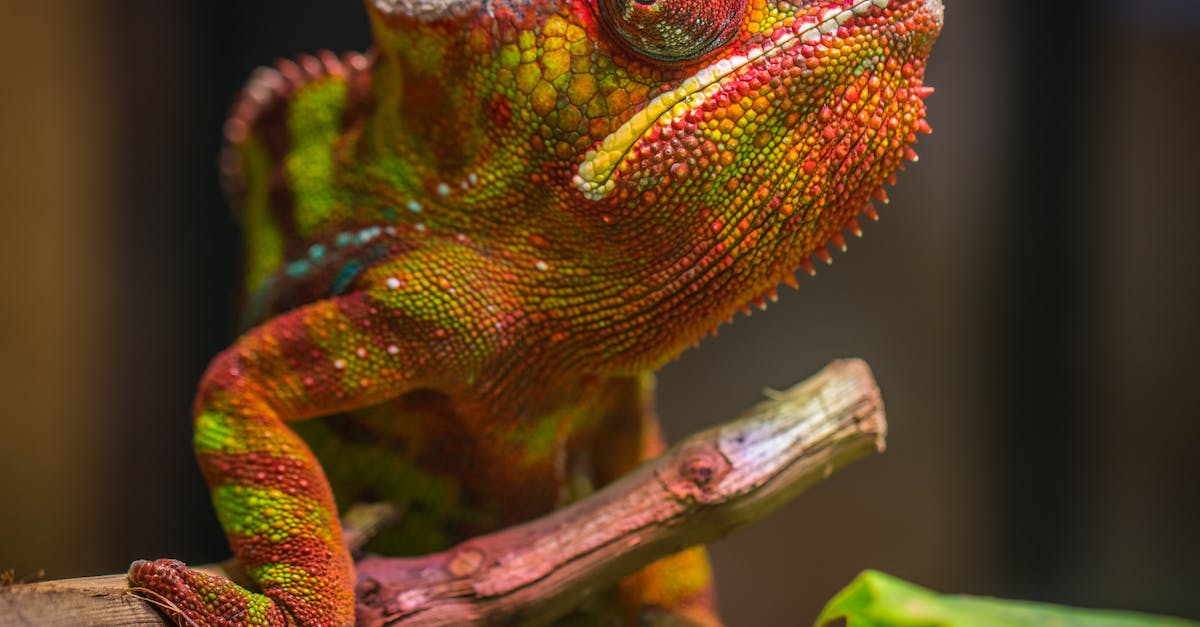
Reptiles have been a part of human history for thousands of years, whether it be through mythology, art, or even agriculture. In regards to the latter, reptiles have been used for pest control and other purposes in the agricultural industry. However, there are both benefits and drawbacks to utilizing these cold-blooded creatures.
One potential benefit of using reptiles for pest control in agriculture is their efficiency. Reptiles such as snakes and lizards have a natural instinct to hunt, making them particularly adept at catching and consuming pests such as rodents, insects, and even other small reptiles. This can lead to a decrease in the use of chemical pesticides, which can be harmful to both the environment and human health.
Additionally, reptiles are low-maintenance creatures, meaning they require relatively little care and attention from farmers. They do not need to be fed as often as other animals, and they do not require extensive housing or specialized equipment. This can make them a cost-effective solution for farmers looking to control pest populations.
However, there are also drawbacks to using reptiles for agriculture. One such drawback is the potential for reptiles to become invasive species. If a reptile escapes or is released into an environment where it is not native, it can have negative ecological effects. For example, the introduction of Burmese pythons to Florida has led to a decline in native mammal populations.
Another drawback is the safety concerns that come with handling venomous reptiles. While not all reptiles are venomous, those that are can pose a danger to farmers and other workers who may come into contact with them. This can lead to increased liability for farmers and a need for specialized training and safety protocols.
In conclusion, while the use of reptiles in agriculture can have its benefits, it is important for farmers to weigh these benefits against the potential drawbacks. Reptiles can be effective pest control solutions, but if not handled properly, they can also negatively impact the environment and human safety.
Reptiles in society: The role of reptiles in culture, art, and entertainment
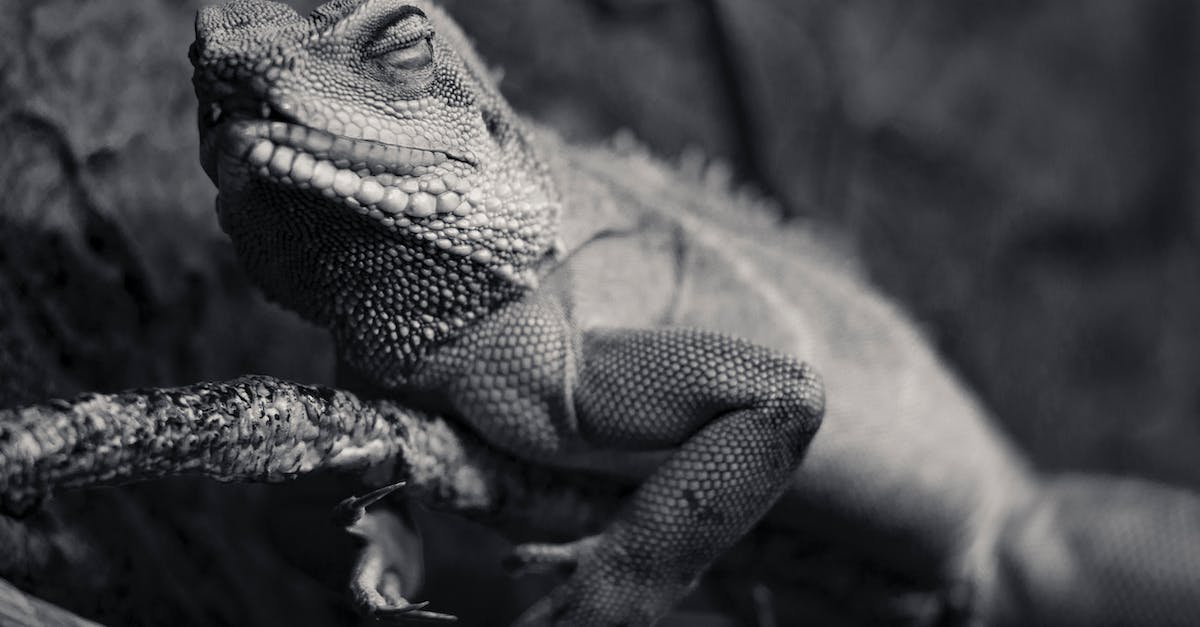
- Reptiles in art: From ancient times, reptiles have played a significant role in art, seen in early cave paintings and sculptures. In modern times, reptiles are still a popular subject in many art forms, from paintings and sketches to cinema posters and advertising. Reptiles are often used to represent power, danger, or exoticism, and their unique appearance can make for stunning pieces of art.
- Reptiles in culture: Reptiles have been integral to the cultures of many societies throughout history. In ancient Egypt, the crocodile god Sobek was one of the most widely worshipped, while Native American tribes often used snakes and other reptiles in their medicine practices. Reptiles have also played significant roles in many creation myths and legends around the world.
- Reptiles in entertainment: Reptiles have long been a popular attraction in zoos and aquariums around the world, with visitors being drawn to their unique appearance and behavior. In recent years, reptiles have also become popular pets, with many people choosing to keep snakes, lizards, and turtles in their homes. Reptiles have also been featured in countless movies, TV shows, and video games, with characters like Godzilla, King Kong, and the Teenage Mutant Ninja Turtles becoming pop culture icons.
- The ethics of using reptiles for entertainment: While reptiles can make interesting and fascinating subjects for entertainment, there are ethical concerns around their use in captivity. Many zoos and aquariums are making efforts to improve the treatment and care of their reptile exhibits, but there are still concerns about the welfare of captive animals. Similarly, there are concerns about the breeding and sale of exotic reptiles as pets, with many species being taken from the wild and traded illegally.
Threats to reptile populations: Discussions on how human actions negatively impact reptiles and their environments
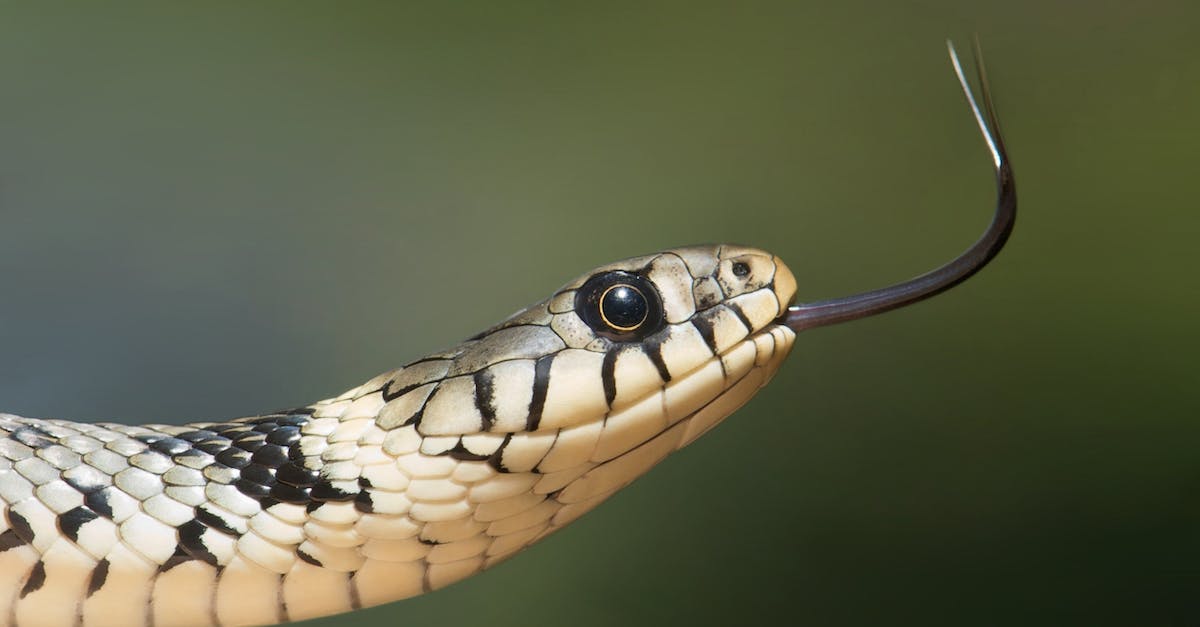
Reptiles have been fascinating humans for centuries. However, despite the intrigue and admiration that we hold for these creatures, our actions have had a negative impact on their populations. In this article, we will discuss some of the threats that human activities pose to reptiles and their habitats.
- Habitat loss: One of the main threats to reptiles is habitat loss. Human activities such as deforestation, construction of buildings, and agricultural practices have destroyed the natural habitats of many reptilian species. This, in turn, has led to a decline in their populations, some to the point of facing extinction.
- Pollution: Another threat is pollution. Humans pollute the environment through various ways, be it air or water pollution, which can be extremely harmful to reptile species. For example, pollutants from oil spills or sewage can cause significant damage to reptiles’ breathing and feeding or disrupt their reproductive systems.
- Overexploitation: Humans have a long history of overexploiting reptiles for various reasons. This can be seen through the hunting and capturing of reptiles for food, sport, or for use in traditional medicine. Overexploitation has directly led to the decline of various reptile populations, and some have already been listed as endangered species.
- Climate change: The effects of climate change are evident, and reptiles are no exception. Increase in temperature, changes in precipitation patterns and sea level rise, and extreme weather events negatively impact reptilian species. Climate change forces reptiles to adapt fast, which can be detrimental to their survival.
- Invasive species: Human activities have led to the introduction of non-native species to habitats, which has had a negative impact on local reptile populations. Invasive species compete with native species for resources such as food and habitat, and can also spread diseases and parasites to native populations.
It is essential that humans take responsibility for the negative impacts that we have had on reptiles and their habitats. It is imperative that we work together to create a more sustainable future that will benefit both humans and reptiles alike.
Conservation efforts: Efforts to protect reptile species and their habitats, including examples of successful conservation projects.
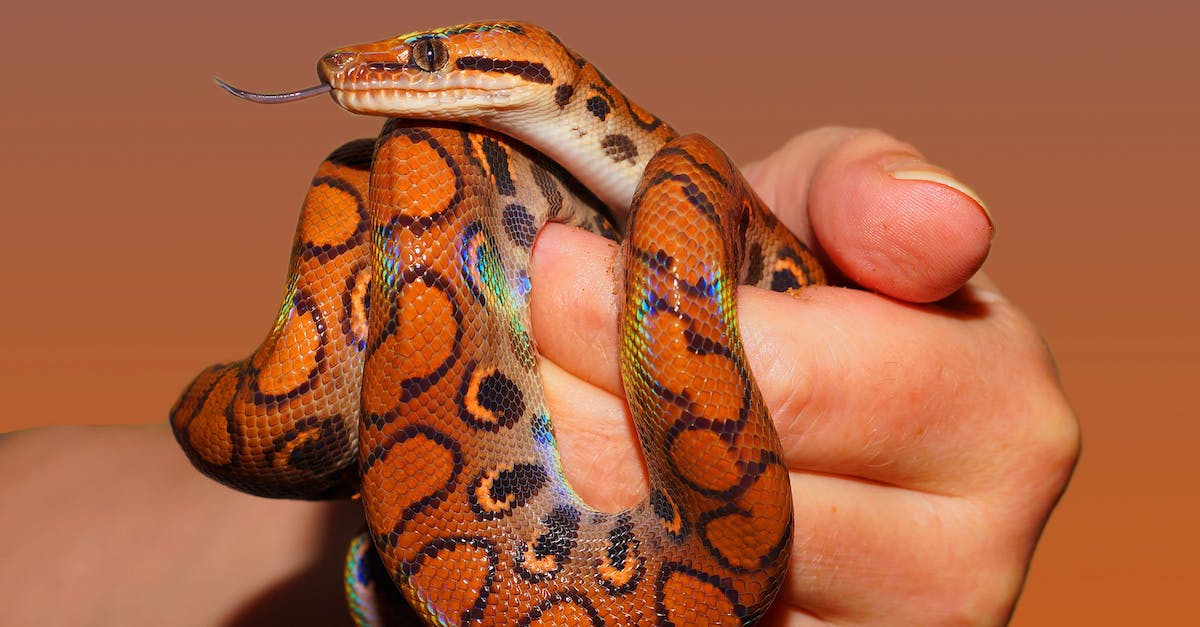
Efforts to protect reptile species and their habitats, including examples of successful conservation projects.
Conservation efforts have been ongoing for many years, with the aim of protecting reptile species and their habitats. Many organizations and individuals are involved in these efforts, which include a variety of different projects and initiatives.
One successful conservation project is the Galapagos Tortoise Restoration Initiative, which aims to restore the population of the Galapagos tortoise on the islands of the Galapagos. The initiative involves a number of different strategies, including habitat restoration, captive breeding, and reintroduction of tortoises to the wild. Thanks to these efforts, the population of the Galapagos tortoise has increased significantly in recent years.
Another successful conservation project is the Komodo Dragon Conservation Program, which focuses on protecting the habitat of the Komodo dragon in Indonesia. The program involves a variety of activities, such as community education, habitat management, and research. Thanks to these efforts, the population of the Komodo dragon has stabilized, and the species is no longer considered to be in danger of extinction.
Conservation efforts also include habitat restoration projects, such as the restoration of wetlands and forests that are home to a variety of reptile species. These projects involve activities such as removing invasive species, planting native vegetation, and creating suitable nesting and hibernation sites.
In addition to these projects, there are also efforts to educate the public about reptile conservation issues, and to promote responsible behavior when it comes to interacting with reptiles in the wild. These efforts include campaigns to reduce the use of reptiles as pets, and to promote responsible ecotourism practices.
Overall, conservation efforts are crucial for protecting reptile species and their habitats, and there are many successful projects and initiatives underway. By working together, we can ensure that these fascinating and important creatures continue to thrive for generations to come.
Conclusion
And so, my dear viewers, we reach the end of our list exploring the fascinating relationship between reptiles and humans.
Throughout this journey, we’ve discovered how these scaly creatures have made their way into our myths, legends, and even our diets. We’ve seen how they’ve been worshiped, feared, and hunted for their valuable skin and meat.
But we’ve also seen how humans have come to appreciate the beauty and uniqueness of these creatures, as pets, in zoos, and even in conservation efforts.
As always, there’s no simple answer when it comes to human-reptile relationships. Just like every other living being, each interaction is complex and varies depending on the circumstances.
But what we can say for sure, is that these ancient creatures continue to fascinate and intrigue us, and no doubt will continue to do so for many more lifetimes to come.
So next time you come across a reptile, take a moment to appreciate its marvels – it could lead to a lifelong fascination with these incredible animals.
And on that note, it’s time for me to bid you farewell. Until next time, keep exploring and discovering the wonders of our world!

